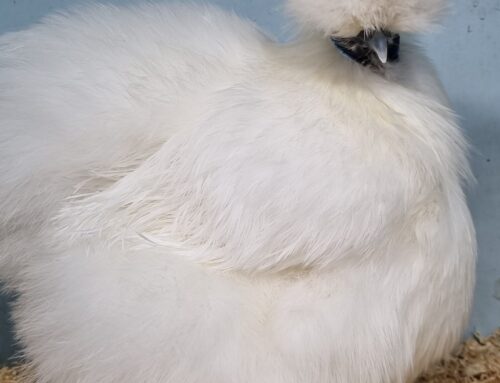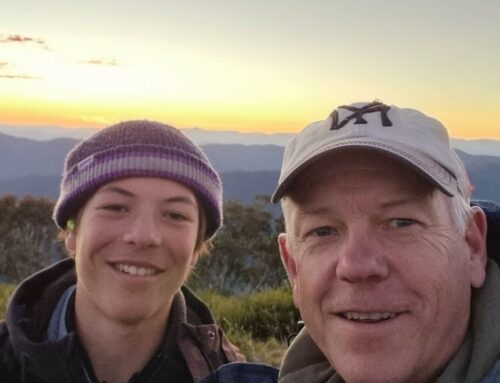In short:
An alert warning people and their pets not to swim in the River Murray at Goolwa and Lake Alexandrina remains in place after more than three months.
Toxins released when blue-green algae dies remain at high levels.
What’s next?
Blooms of this type of algae, once only seen in tropical and subtropical areas, are likely to occur in more temperate areas in the future.
An SA Health alert is still in place for the River Murray at Goolwa and Lake Alexandrina more than three months after the presence of toxic blue-green algae, once only found in subtropical and tropical areas, was detected.
While levels of the algae itself have reduced by 99 per cent, SA Health and other agencies are now grappling with the presence of toxins released as it dies.
The algae, Cylindrospermopsis raciborskii (also known as Raphidiopsis raciborskii), can cause gastrointestinal issues and liver damage.
It was once only found in tropical or subtropical areas but has now spread into more temperate areas throughout the world.
David Cunliffe, principal water quality advisor with SA Health, said cell counts of the algae in the lake had subsided to 1 per cent of March and April’s levels, but high levels of the toxin released as it died would take time to biodegrade and dilute.
Lake Alexandrina has a surface area of about 570 square kilometres and is near the very end of the Murray-Darling Basin.
Its water is not used for human consumption but is used by farmers for their livestock.
“This was new ground,” Dr Cunliffe said.
“This is the largest bloom of this organism we’ve seen in South Australia and certainly the largest bloom of this type in the lake.”
He said cold weather was potentially slowing the biodegradation of the toxin but it was not known when the alert could be lifted.
“We are in nature’s hands,” Dr Cunliffe said.
“It’s been quite strange because it occurred at the back end of summer, whereas cyanobacteria tended to bloom earlier in the season.
“We have seen the organism before but not in these numbers, so this is a unique event.”
He said SA Health had fielded a number of calls from people questioning whether the algae was still present because it largely remained within the water column and did not form visible scums.
‘Absolutely’ set to bloom again
University of South Australia emeritus professor Christopher Saint, a former principal microbiologist for SA Water, said the area would “absolutely” see a recurrence of the algae and that it would likely bloom again next year in the warm weather.
He said when it was first detected in South Australia about 15 years ago he thought it would “be the start of something”.
Professor Saint said increasing numbers of clear winter days and hotter summer temperatures helped the algae to thrive.
“We’re unwittingly creating these conditions that favour these things,” he said.
South Australia was experiencing heatwave conditions at about the time the bloom was forming.
Professor Saint said with this type of algae breaking open the cells might destroy the bloom, but in bodies of water used for drinking purposes there would need to be a holding period while something like activated carbon was used to eliminate the toxins.
“To try and get rid of it in Lake Alexandrina on a large scale like that is not going to be easy,” he said.
“In the natural environment, you haven’t really got a lot of options except to let nature take its course.”
Professor Saint said it was possible for the algae to be spread to other water bodies and reservoirs by birds.
Dr Cunliffe said he did not recall this type of algae being found in reservoirs used for the state’s drinking water, but SA Water had the ability to filtrate, treat, and use other methods such as chlorination to inactivate any toxins in those bodies.
Get our local newsletter, delivered free each Friday
Posted , updated



